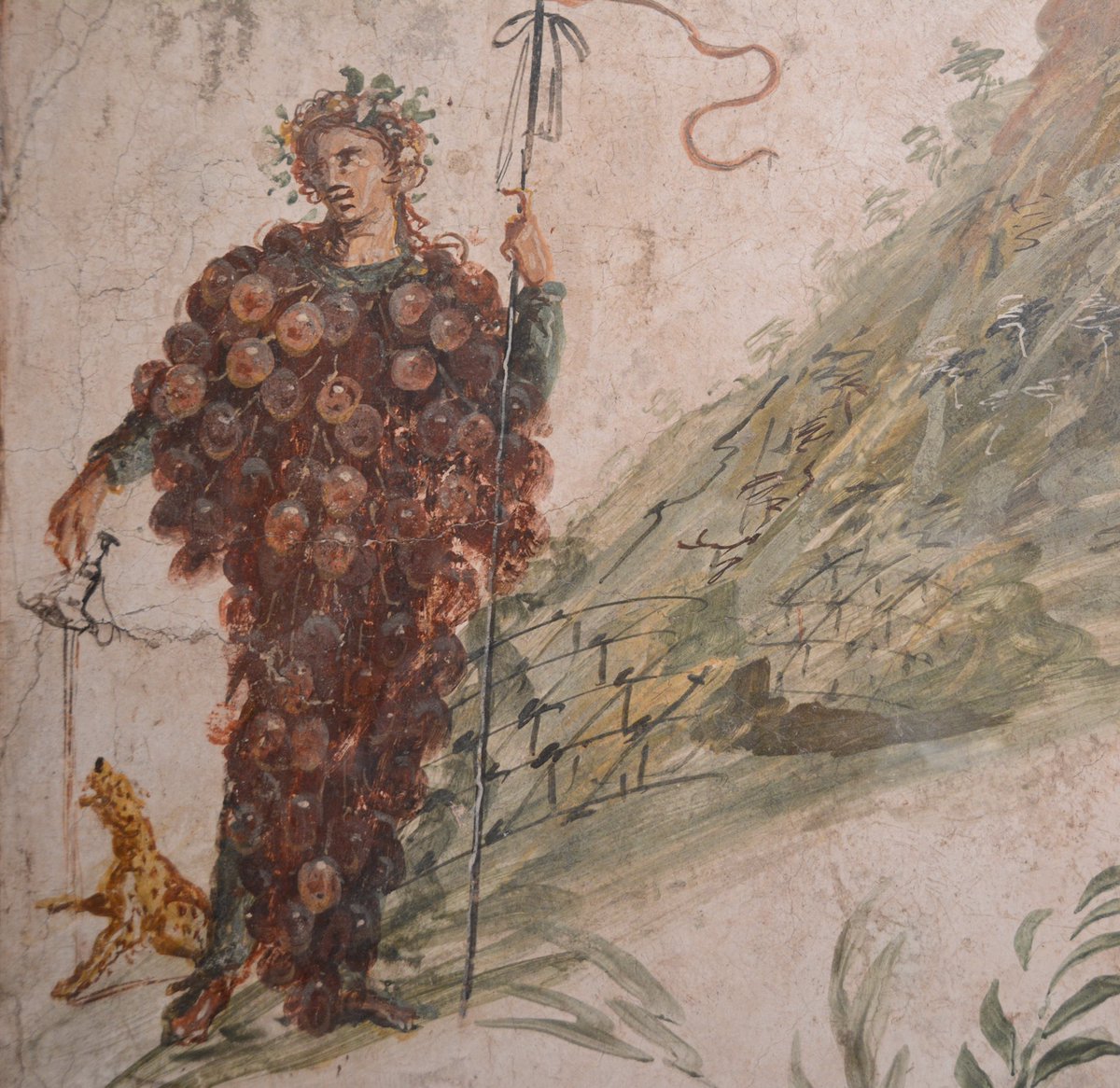
How to get URL link on X (Twitter) App


 L’ambiente più interessante è il larario nel peristilio piccolo nel quale si rinvennero un busto di donna e una piccola ara di terracotta, sopra al quale era un’iscrizione di dedica ai Lari e alla Famiglia da parte di Anteros ed Heracleo, che plausibilmente donarono l’ara stessa
L’ambiente più interessante è il larario nel peristilio piccolo nel quale si rinvennero un busto di donna e una piccola ara di terracotta, sopra al quale era un’iscrizione di dedica ai Lari e alla Famiglia da parte di Anteros ed Heracleo, che plausibilmente donarono l’ara stessa 


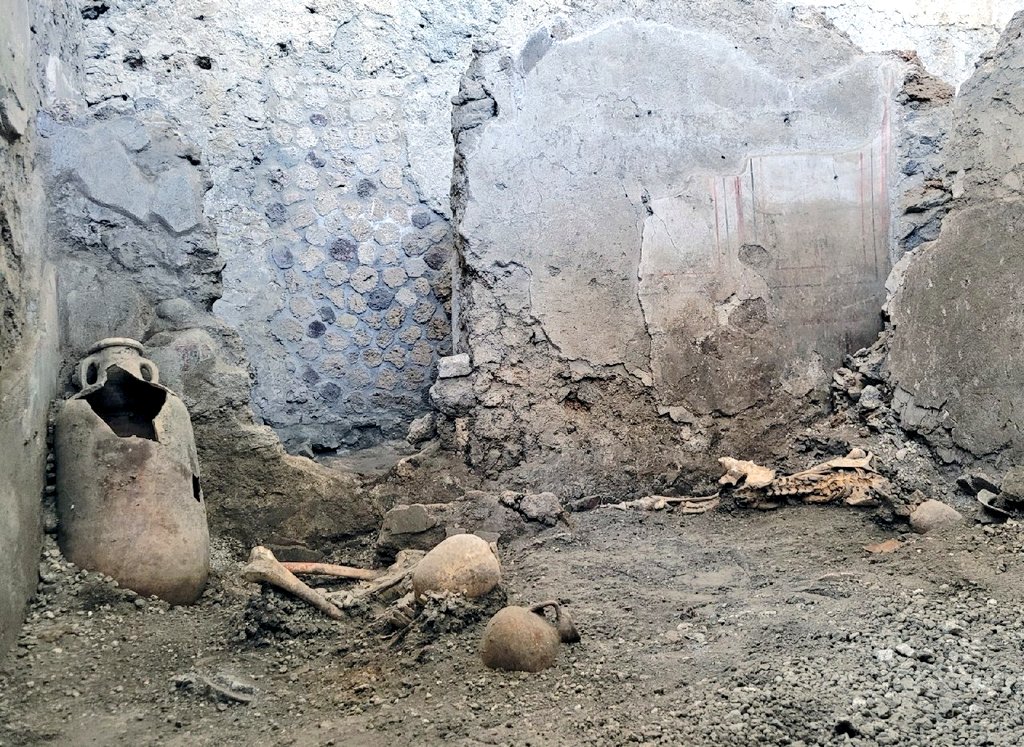 This was the inferno of the eruption of AD 79, the living hell in which the inhabitants of the ancient city of Pompeii found themselves, including the two victims whose skeletons were recently discovered during the excavation of the insula of the House of the Chaste Lovers.
This was the inferno of the eruption of AD 79, the living hell in which the inhabitants of the ancient city of Pompeii found themselves, including the two victims whose skeletons were recently discovered during the excavation of the insula of the House of the Chaste Lovers. 



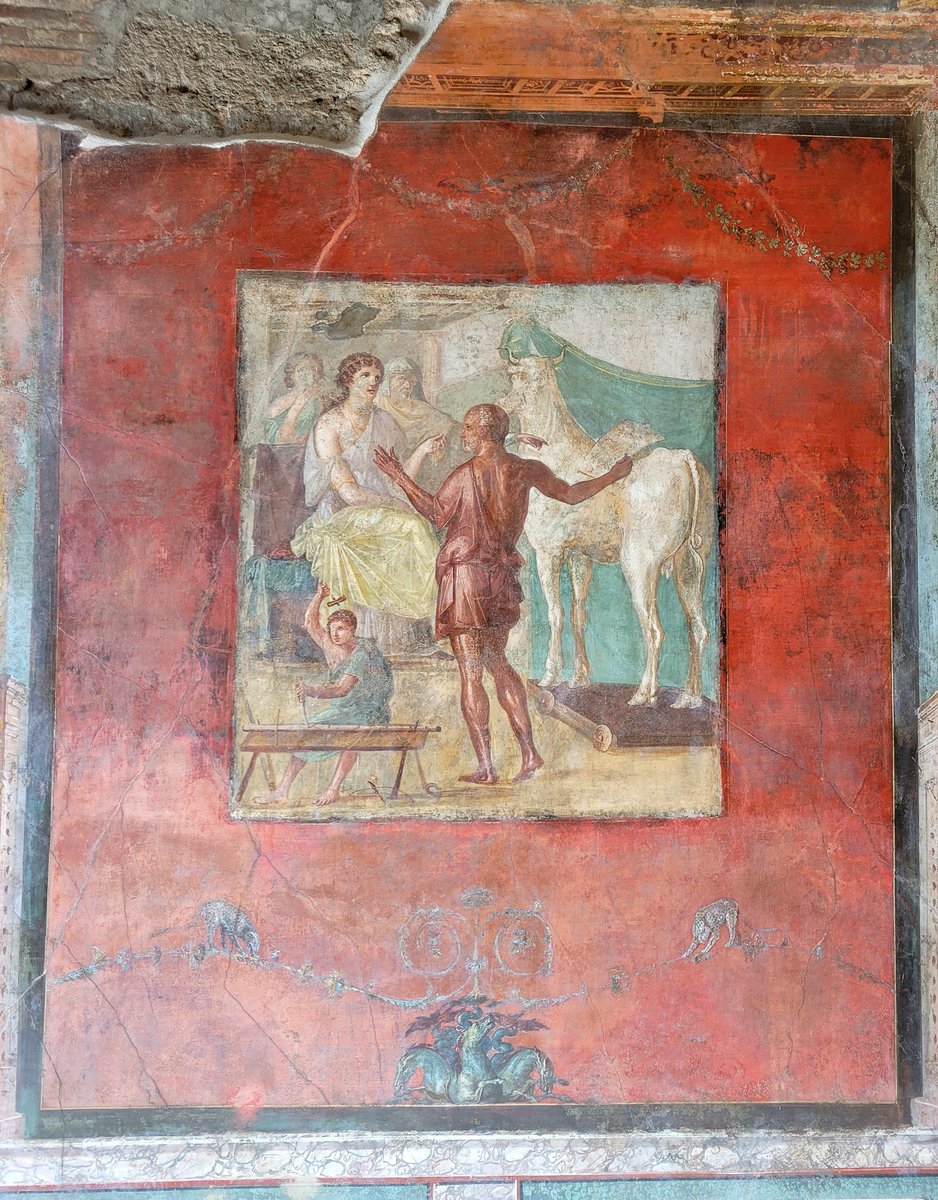 The house was discovered in 1894 by the then director of the excavations in Pompeii, Giulio de Petra, who made the novel decision to reconstruct the roofs and retain the frescoes within the house rather than prise them from the walls and display them in the Museum in Naples.
The house was discovered in 1894 by the then director of the excavations in Pompeii, Giulio de Petra, who made the novel decision to reconstruct the roofs and retain the frescoes within the house rather than prise them from the walls and display them in the Museum in Naples. 






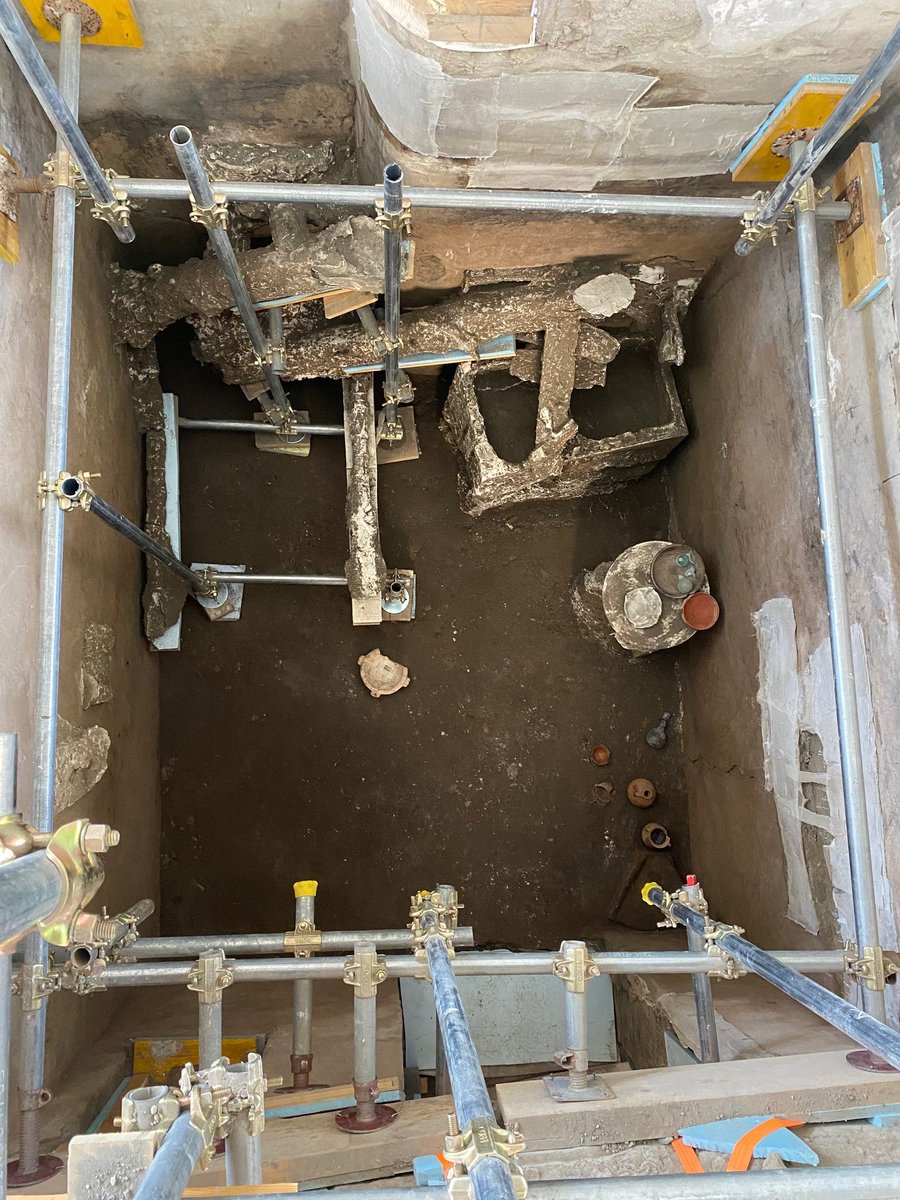
 Piatti, vasi, anfore, oggetti in vetro e terracotta lasciati in bauli e armadi, abbandonati frettolosamente durante la catastrofe e recuperati oggi con gli strumenti dello scavo stratigrafico.
Piatti, vasi, anfore, oggetti in vetro e terracotta lasciati in bauli e armadi, abbandonati frettolosamente durante la catastrofe e recuperati oggi con gli strumenti dello scavo stratigrafico. 
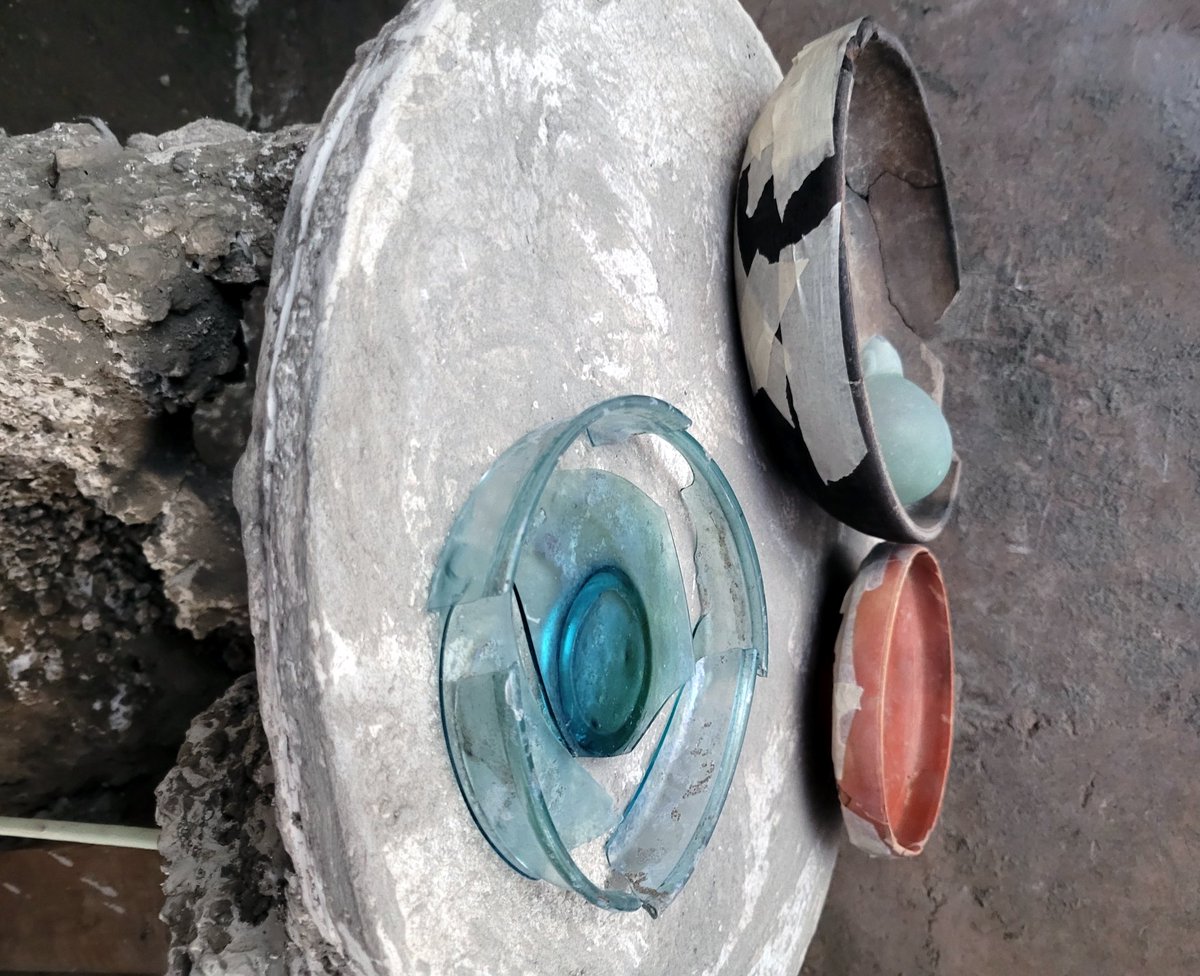

 “Si tratta di un accordo storico – tiene a precisare il primo cittadino Carmine Lo Sapio - nessun sindaco era mai riuscito ad unire le sinergie dei due enti, sempre distanti e divisi, per lo sviluppo turistico ed economico della città”.
“Si tratta di un accordo storico – tiene a precisare il primo cittadino Carmine Lo Sapio - nessun sindaco era mai riuscito ad unire le sinergie dei due enti, sempre distanti e divisi, per lo sviluppo turistico ed economico della città”.

 At the time, the excavation method consisted in a series of underground explorations aimed at recovering objects deemed worthy, as opposed to a survey of the whole architectural context.
At the time, the excavation method consisted in a series of underground explorations aimed at recovering objects deemed worthy, as opposed to a survey of the whole architectural context. 
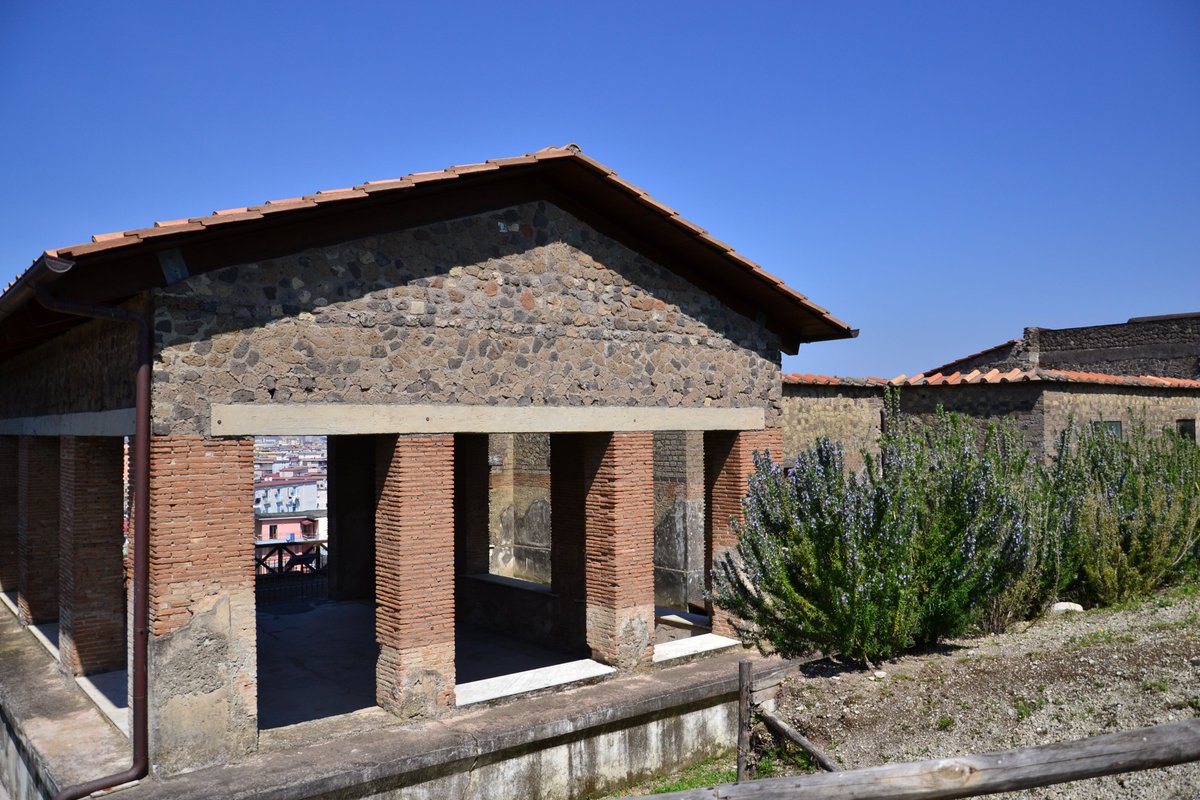


 The upper classes mainly lived in #domus, large houses sometimes covering an area of about 3,000 sq. m. The domus were usually based on the same main structure. The front door led into the #atrium, a large central hall open at the roof.
The upper classes mainly lived in #domus, large houses sometimes covering an area of about 3,000 sq. m. The domus were usually based on the same main structure. The front door led into the #atrium, a large central hall open at the roof. 
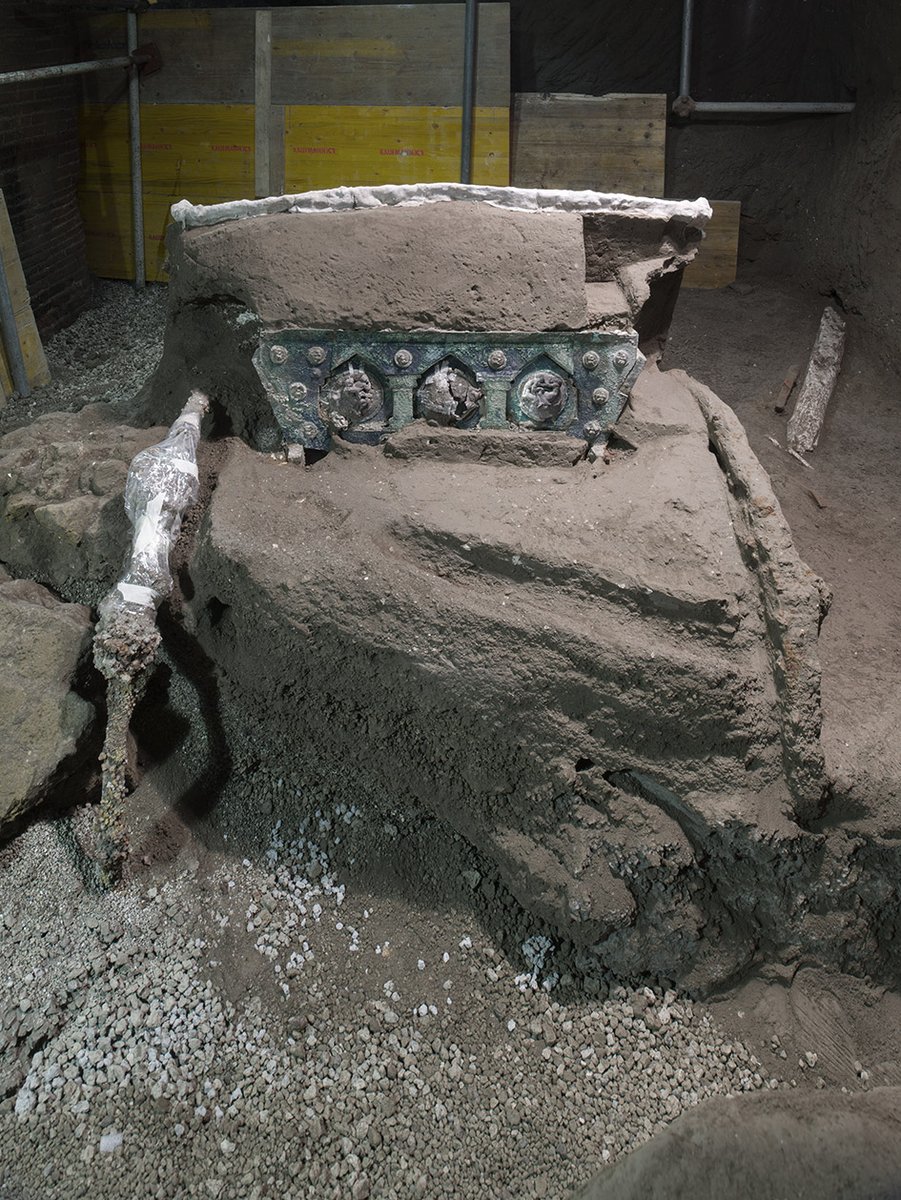



 The Archaeological Park of Pompeii and the Public Prosecutor’s Office of Torre Annunziata announce the discovery of an extraordinary find, emerged intact from the excavation of the suburban villa of Civita Giuliana, beyond the walls to the north of the ancient city of Pompeii.
The Archaeological Park of Pompeii and the Public Prosecutor’s Office of Torre Annunziata announce the discovery of an extraordinary find, emerged intact from the excavation of the suburban villa of Civita Giuliana, beyond the walls to the north of the ancient city of Pompeii. 


 The video is accompanied by a selection of video stills which will continue to be displayed following the screening period, owing to the archaeological connections between this film and the context of Pompeii Commitment.
The video is accompanied by a selection of video stills which will continue to be displayed following the screening period, owing to the archaeological connections between this film and the context of Pompeii Commitment.

 The commercial structure had only been partially studied in 2019, during the interventions of the Great Pompeii Project aimed at stabilising and consolidating the historic excavation fronts.
The commercial structure had only been partially studied in 2019, during the interventions of the Great Pompeii Project aimed at stabilising and consolidating the historic excavation fronts. 





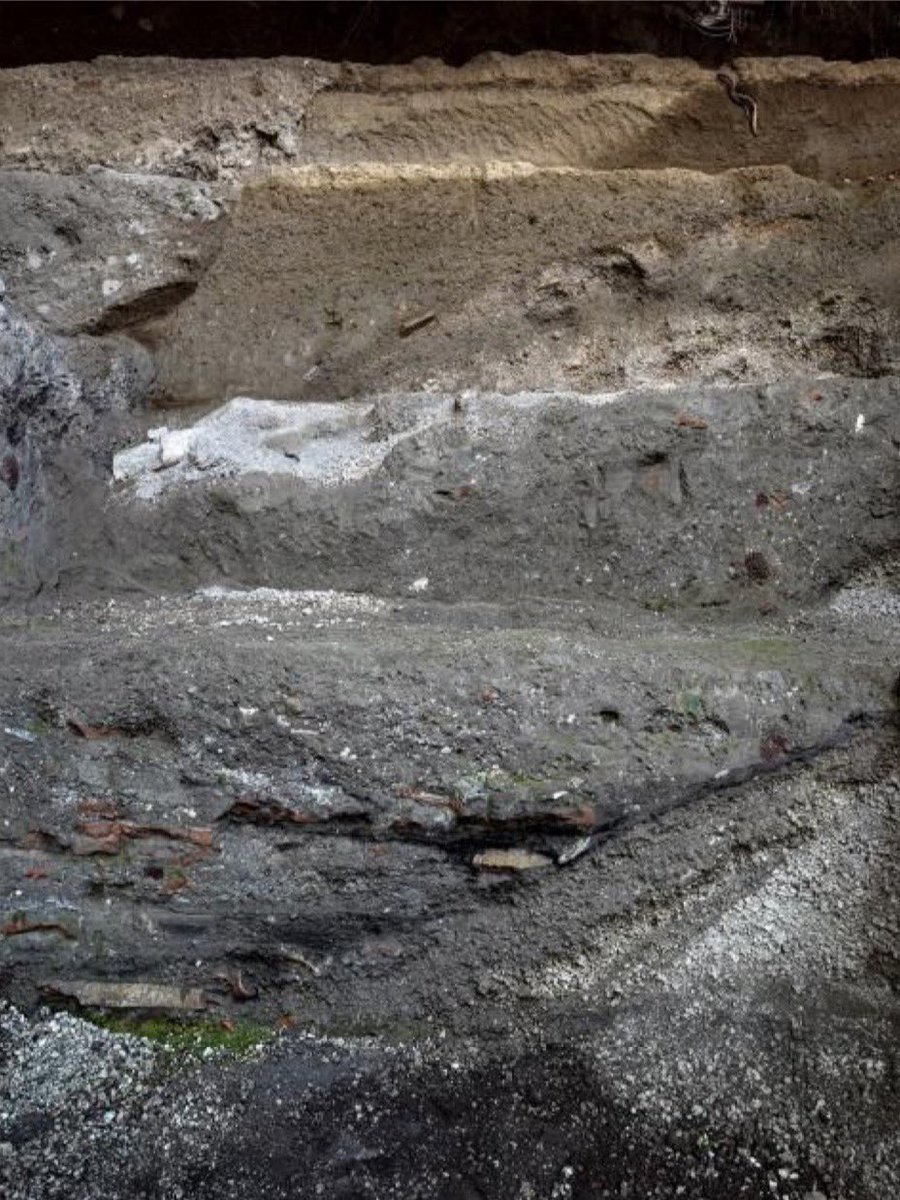 Scraping the surface of the ash reveals a small hole indicating a void is beneath.
Scraping the surface of the ash reveals a small hole indicating a void is beneath.


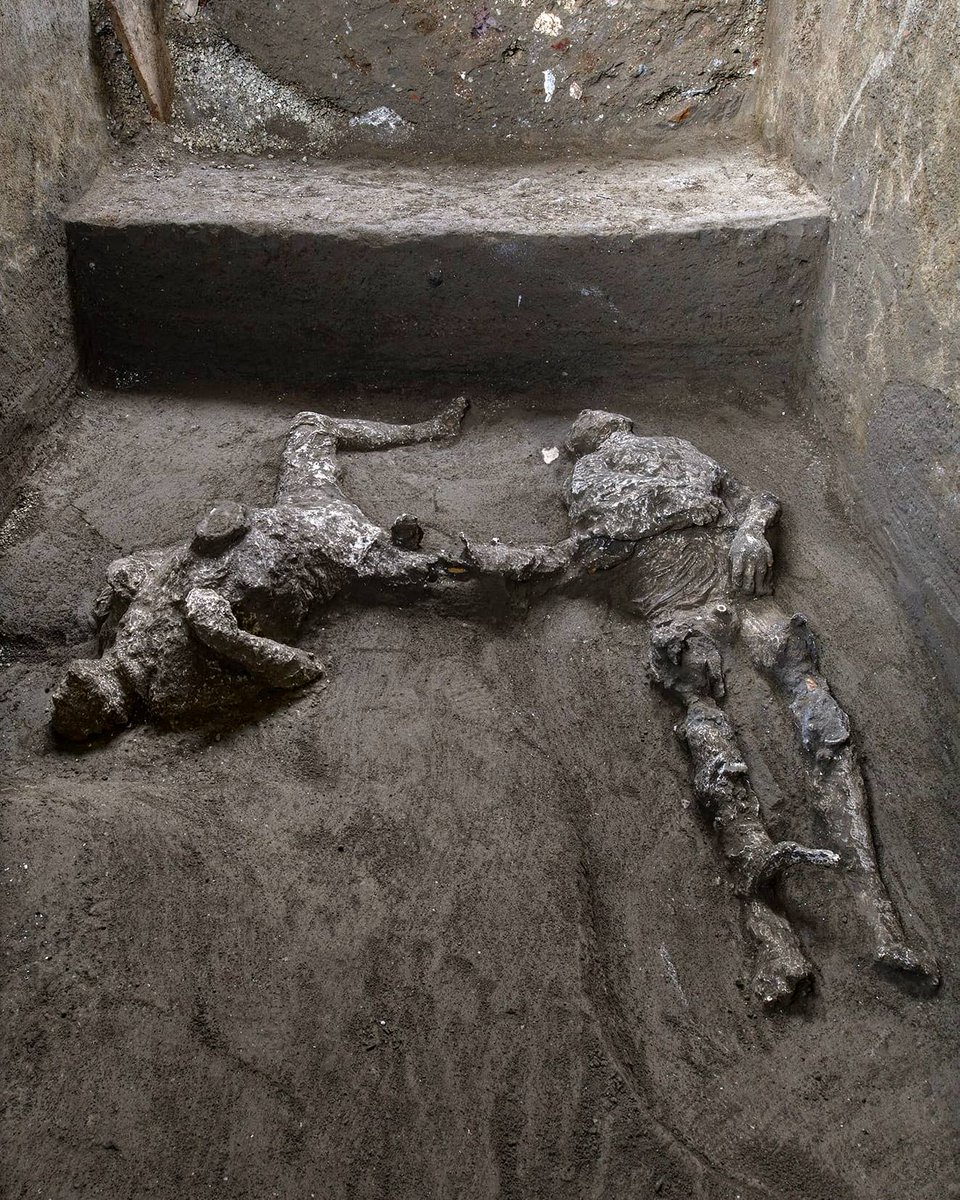 During excavations at Civita Giuliana, around 700 metres northwest of Pompeii, in the area of the suburban villa where in 2017 the servile part had been discovered along with the stable containing the remains of three harnessed horses, 2 skeletons of individuals have been found
During excavations at Civita Giuliana, around 700 metres northwest of Pompeii, in the area of the suburban villa where in 2017 the servile part had been discovered along with the stable containing the remains of three harnessed horses, 2 skeletons of individuals have been found 


 Opposite is the entrance to the women’s bath complex. On the left are a swimming pool and a room for changing and cleaning after exercise in the courtyard’s gymnasium that is decorated with a painted stucco relief. Following the portico to the right we enter the men’s baths.
Opposite is the entrance to the women’s bath complex. On the left are a swimming pool and a room for changing and cleaning after exercise in the courtyard’s gymnasium that is decorated with a painted stucco relief. Following the portico to the right we enter the men’s baths. 


 There is a graffito on the façade and it is a word play on the first line of Aeneid: ‘Fullones ululamque cano, non arma virumque’ (translation: I sing of fullers and an owl, not of arms and a man). The word for owl in Latin is ‘ulula’ so it is a pun on Ululitremulus’ name.
There is a graffito on the façade and it is a word play on the first line of Aeneid: ‘Fullones ululamque cano, non arma virumque’ (translation: I sing of fullers and an owl, not of arms and a man). The word for owl in Latin is ‘ulula’ so it is a pun on Ululitremulus’ name. 
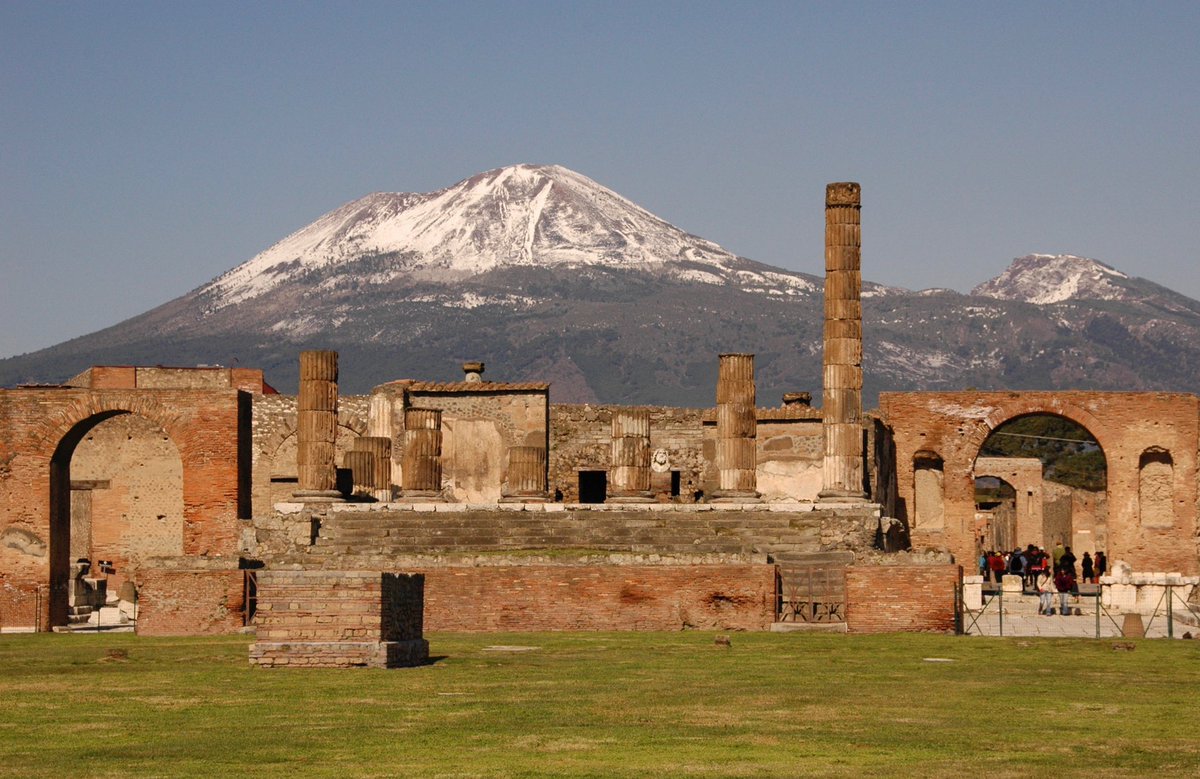


 The Forum of Pompeii was one of the great archaeological discoveries made during French rule in the early 19th century. Excavations began in the south by the Basilica in 1812 but only on May 22nd 1813 was the area officially identified as the Forum.
The Forum of Pompeii was one of the great archaeological discoveries made during French rule in the early 19th century. Excavations began in the south by the Basilica in 1812 but only on May 22nd 1813 was the area officially identified as the Forum. 






 A fresco from the House of Centenary shows how widespread grape growing was. The slopes of Vesuvius are covered in a lattice of wooden vine frames called ‘vitis compluviata’. Meanwhile, Bacchus (God of wine) in his grape suit pours a libation & his leopard laps up the stray drops
A fresco from the House of Centenary shows how widespread grape growing was. The slopes of Vesuvius are covered in a lattice of wooden vine frames called ‘vitis compluviata’. Meanwhile, Bacchus (God of wine) in his grape suit pours a libation & his leopard laps up the stray drops 